
As my friends and followers will be aware, I have recently began a journey of research to use the art and literature of the Pre-Raphaelite era as an inspiration to create pieces of fine art via the medium of photography, in that distinctive painters style. I needed to produce a 'test piece' to explore a very different lighting scheme and colour palette from my Renaissance inspired pieces. My first reference was to look at certain stanzas in the Keats ballad, written in 1819, “La Belle Dame sans Merci” that in itself is a reworking of the 15th century piece by that name by Alain Chartier. The stanza chosen was:
“I met a lady in the meads,
Full beautiful, a fairy’s child;
Her hair was long, her foot was light,
And her eyes were wild.”
John Keats 1819
So, my Lady and I revisited a location we love, fully laden with a costume (although not in the colours I would have chosen) and props including beautifully crafted armour, and a head garland of white roses, that I had sat and made up the previous evening. The day itself was the third anniversary of us being together and what better way to mark the occasion than by doing something together we both love. Art & Poetry. Waiting for the ’sweet light’ of the day I took sufficient images, only using 'natural light' observed and manipulated by presenting my beautiful subject to that light, to create the first test piece for my new collection.
Later that evening having completed the art piece, my Lady, unbeknown to me wrote a beautiful piece of what she has dubbed, ‘Micropoetry’ and Tweeted it to the world. It’s actually a perfect fit for the image and together I believe we have achieved what every artist and his muse desires, a harmony of vision and execution. Why use the words of one whom I have never met when my daily source of inspiration is before my eyes?
“I lavish in desire
for decay around me
in face or flower
cliff rock or body
or the sun setting on
another dying day”
© Katypoetess 2016
With great thanks to the lady and poetess in my life - Katypoetess. Please follow her on Twitter to enjoy more of her ‘Micropoetry’ @Katypoetess. Her first published poetry collection, “Of Lilith and Anthony” is available on Amazon.
© Martin Grahame-Dunn FBIPP 2016
]]>
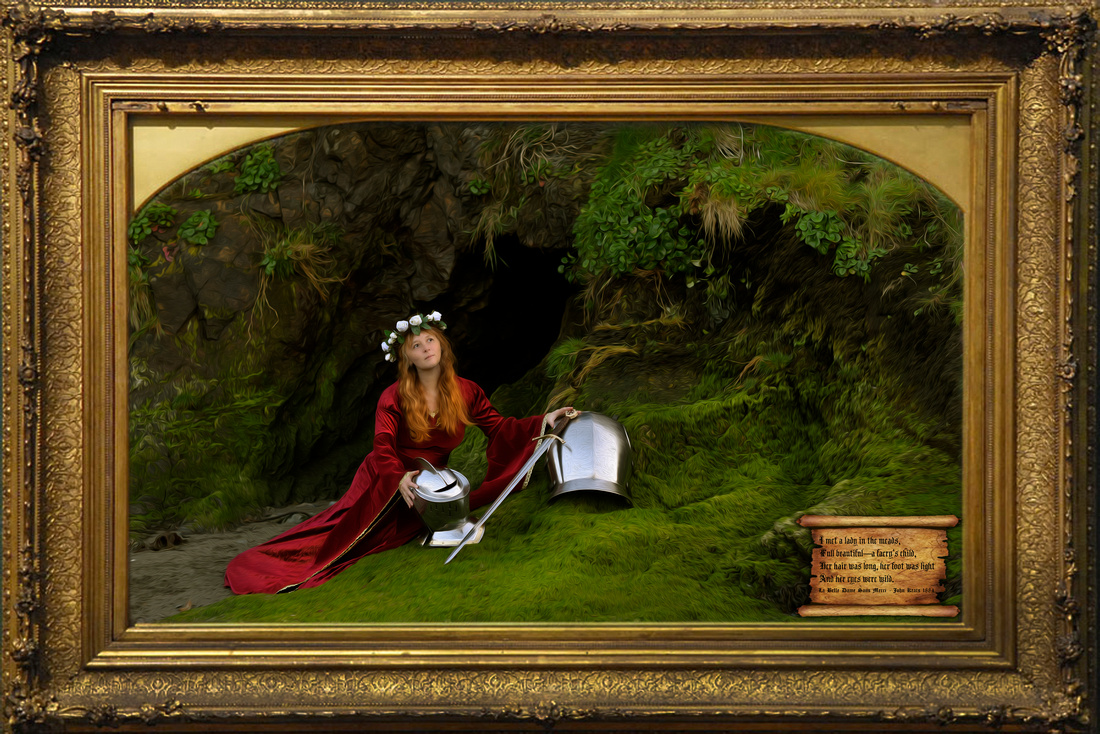
I chose to use a stanza as inspiration, from the poem, "La Belle Dame Sans Merci" by John Keats written in 1884, a re-working of a 15th century French text. The themes contained in this poem have inspired numerous painters of the Pre-Raphaelite era so I feel in good company. My partner, my subject, my muse is also the perfect 'model' for the genre. An accomplished literary artist in her own right, flaming red hair, wild eyes and passionate to the core. I see the same kind of synergy, sparks and charged relationship shared between Lizzie Siddall and Dante Gabriel Rosetti.
A much brighter colour palette than my other collection, I now have the task of selecting the right Fine Art Inkjet paper for it's presentation (without the frame of course) and I can visualise the use of Permajet's Photo Art Silk 290gsm or FB Gold Silk 315gsm as opposed to the stunning Mercury Canvas used before. A trip to One Vision Imaging will be in order to produce the images of appropriate scale. This is a taste of things to come. Back to my research!
]]>
Isn't professionalism in photography more about a demeanour than a 'God Given Right' to call oneself professional, as it is a sole source of income? Nowadays how many people do we know that have multiple income sources? Many of my ex-commercial photographer friends have had to diversify to survive and some have taken second jobs to make a living. It's clearly a time for thought and how the professional organisations should be assisting and supporting those who have dedicated most of their working lives to the profession. Ivory towers are havens of fantasy, can fall and are often indefensible.
Surely a professional photographer should dress appropriate to the assignments they are undertaking? Is it therefore right for the photographer at a wedding where the guests are dressed smartly and elegantly in suits and dresses to turn up in jeans, T Shirts and looking more at home at a pub with football on the television on a Saturday afternoon? How should one dress to shoot the MD of a blue chip company? As an equal or a tradesman?
Finally, on the subject of behaviour. Of all the 'disagreements' between a photographer and a client, the vast majority are caused by behaviour. Sometimes it's contractual. 'He said, she said' scenarios, or at worst its ego's that get in the way. Fear of criticism of their images to the point of being aggressively defensive when sometimes, those criticisms may be justified.
We are all judged continuously, not by a discerning market but on the whole, a market driven, cost conscious litigious one. Time for inward reflection and to remember, you are your brand.
© Martin Grahame-Dunn 2016
]]>
Then came the advent of universally accessible digital imaging and our world has changed, virtually overnight. So, are the warnings of the 'father of the internet' Vint Cerf, being heeded? He warned of a “digital Dark Age” — a future in which there will be little record of the 21st century. “Old formats of documents that we’ve created or presentations may not be readable by the latest version of the software because backwards compatibility is not always guaranteed”
To me the message is clear as day. If I can't hold it, stand back from it and admire it on a wall or in a book, I have nothing of any particular value. A ‘real’ artist of any kind, whatever they may say, wishes to leave a legacy. Legacies that are universally accessible and not confined to a PC, Mac, iPad, phone or other digital device. Don’t get me wrong, online services that aid sales in a universal market are an essential component of a modern photographic business but even their aim is to make a print!
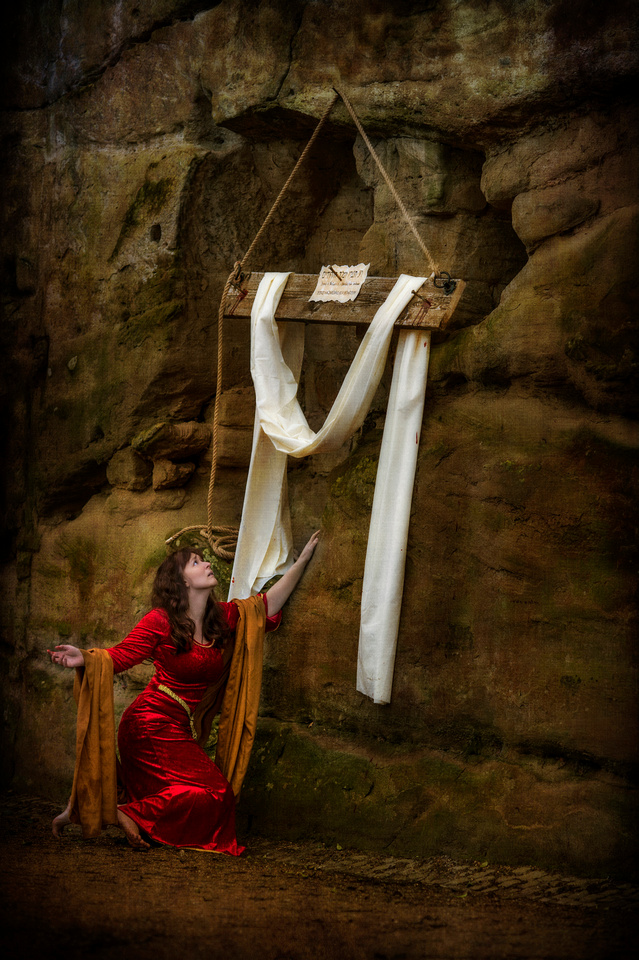
Call me old fashioned, out of date or an industry dinosaur. I don’t care! Having just achieved a pivotal Historical Research Fellowship with the BIPP I had to make my own prints. Not just prints but canvases. I could have gone to my favourite lab, One Vision Imaging (they did print my ‘evidence’ books!) but this control freak sourced superb inkjet products from Permajet (huge thanks to Robin Whetton, Alex Cullen and the team at the Imaging Warehouse) and output everything myself on a pair of printers. Finally, the shop window on the world. My all new Zenfolio website (Adam Edwards, thanks for making this happen) where I gave the design team the task of creating an art gallery site to actually sell prints! Vanity? Legacy? Practicality? Whatever your motive, it’s what we should all be doing - Make a Print!
© Martin Grahame-Dunn FBIPP 2016
]]>
Is it not a simple truth that the Renaissance artists only used natural light in the most exquisitely controlled ways. Doesn’t it make you wonder just how much knowledge has been lost in our modern day lives and perhaps why photographers have struggled to be accepted and acknowledged as artists? Have you ever wondered where the mystical and mythical forty five degree lighting angle theory and practice took its rise? Certainly not YouTube and the Internet!
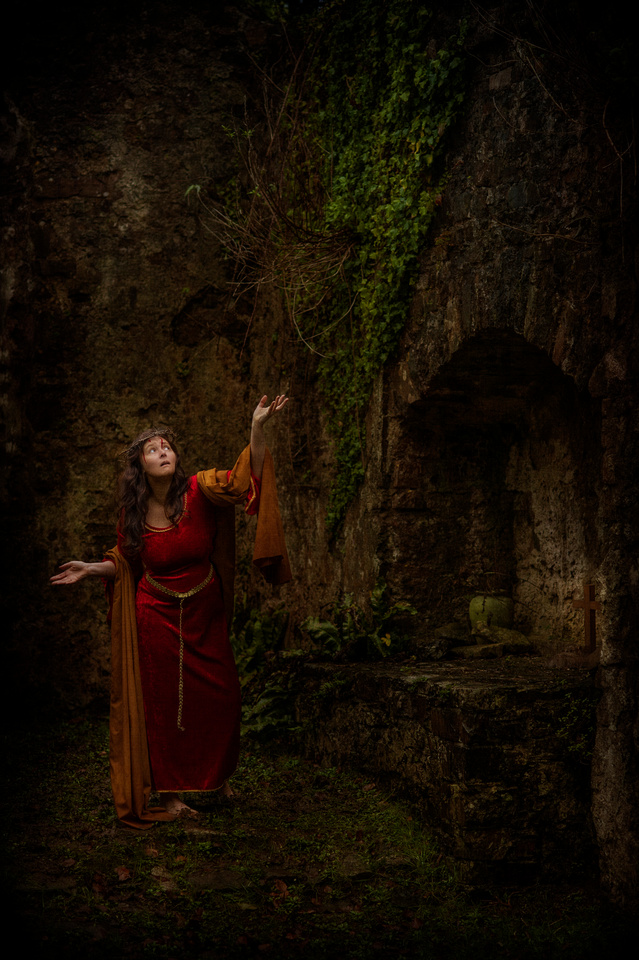
I relish discussions of this nature with family, friends and fellow artists. In one such recent discussion with my partner and co-creative poetess, she put forward the proposition that from her perceptions and experiences a piece of art should contain 'pharmaceutical elements' that constitute a perfect combination, resulting in a definitive outcome whose effects are clearly understood. Perhaps in essence, it could be explained as the complexity of the union of elements that are brought together in a work of art. For surely the most powerful art forms illicit emotional and intellectual responses. Food for thought don’t you think?
Martin Grahame-Dunn FBIPP ©2016
]]>Recently, many of my friends and colleagues found out that I was intending to apply for yet another Fellowship. But this one was to be significantly different. The jewel in my crown of personal achievement by being true to myself as an artist. Achieving the first Fellowship of the BIPP in Historical Research for over 20 years has been a true 'labour of love' as the single subject has been my partner who is an extremely talented poetess. Before I even considered it as a Fellowship submission, its main aim was to illustrate her second poetry collection entitled "Shadows of Magdalene".
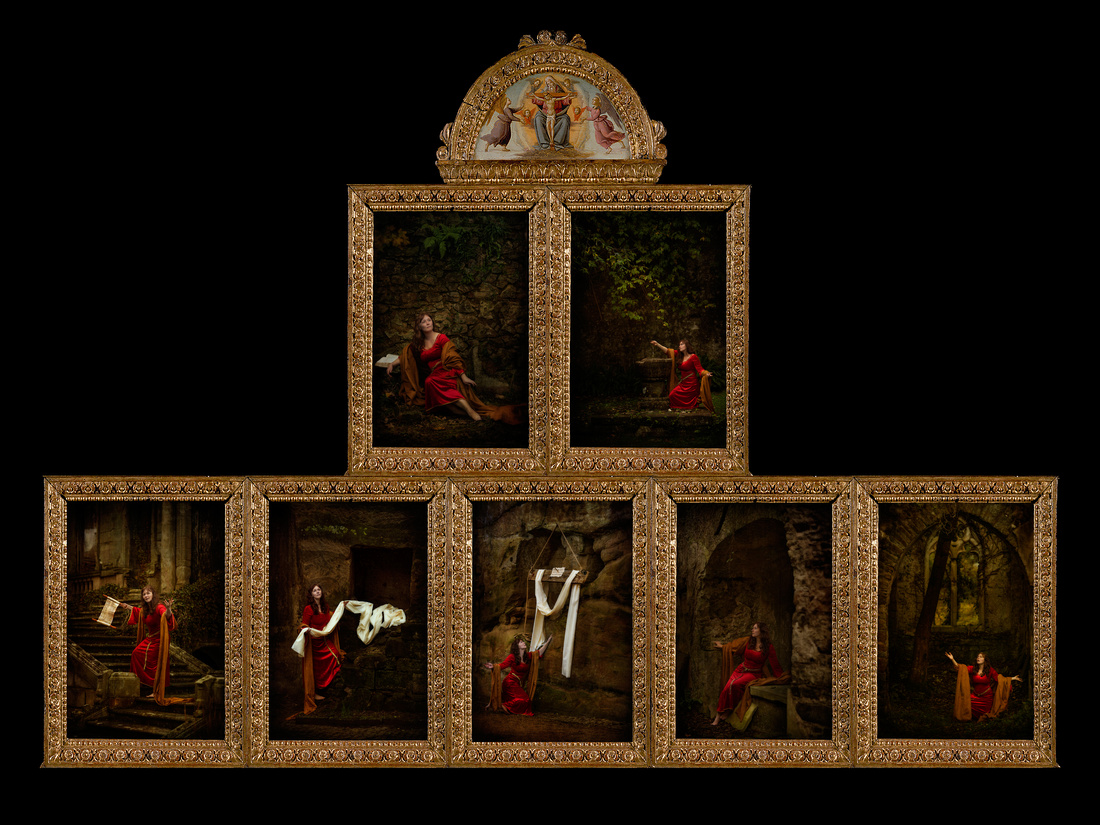
Did I need to do this? Yes, absolutely. Because for an image maker who travels the world lecturing, teaching other professional photographers how to create better images I could hardly ethically sit back on my past achievements. I've done it for me! No regrets. Where it goes from here is part of my own personal development plan. So, in conclusion, set yourselves personal projects to develop your skills and have them measured by qualification. But, do understand that nothing comes cheap. The training and mentoring you may receive along the way has a cost. As does the production of your submission. It is an investment in 'YOU'. In future posts I will discuss some of the images and poetry behind my Fine Art collection.
For information on qualifications visit The BIPP and The MPA
]]>
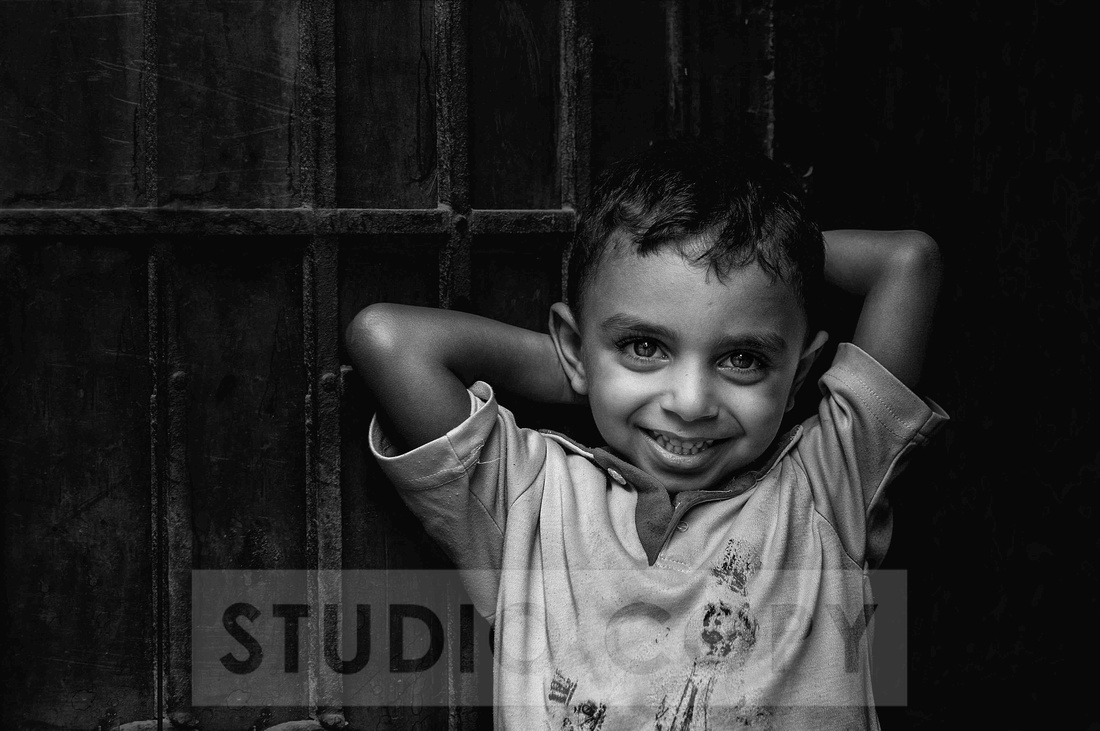
“Eye Contact” by Fatma Fahmy
This image entitled “Eye Contact” does exactly what it says. It directly engages with the viewer with a delightfully captured expression that shows the happiness of a child no mater what his domestic environment, social background, living conditions or wealth. Simplicity is golden here and one cannot fail to empathise with this little boy. If one of the tools of a photographer is to create images that contain a story, then the story of this child’s life is is to be written by the viewer based upon its content. In truth, the off centre composition is not particularly necessary and does not add power or dynamics. The subject could have been centrally placed for that matter as the viewer finds it virtually impossible to stray their gaze from those eyes that express a simple, joy of life.
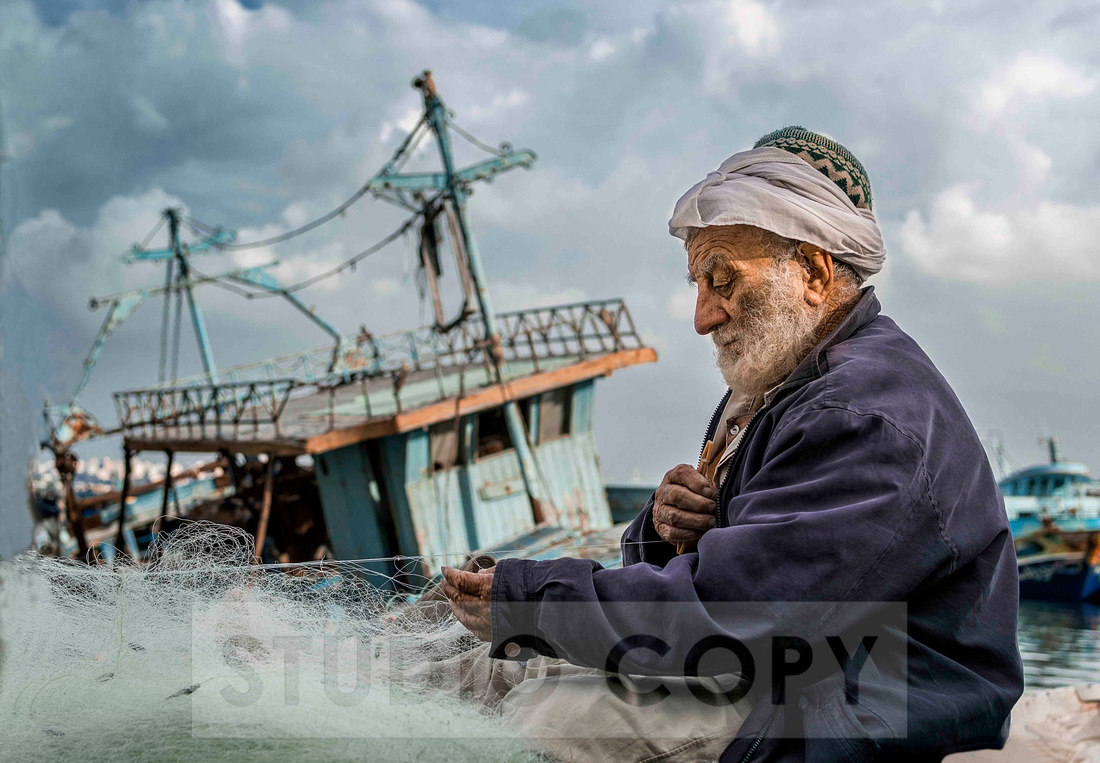
“Fisherman’s Net” by Fatma Fahmy
As a contrast, quite a lot of work has gone into this image, photographically with good control of depth of field, compositionally by careful subject placement and in post processing where the problems lie. My best advice to Fatma is ‘less is more’ and although this is a good composition, a clear storyline, convincingly engaged subject, the processing has left a few artefacts and issues that could easily be resolved. When such processing issues are visible they can detract from the all important content contained in the image, the subject themselves and the narrative.
]]>